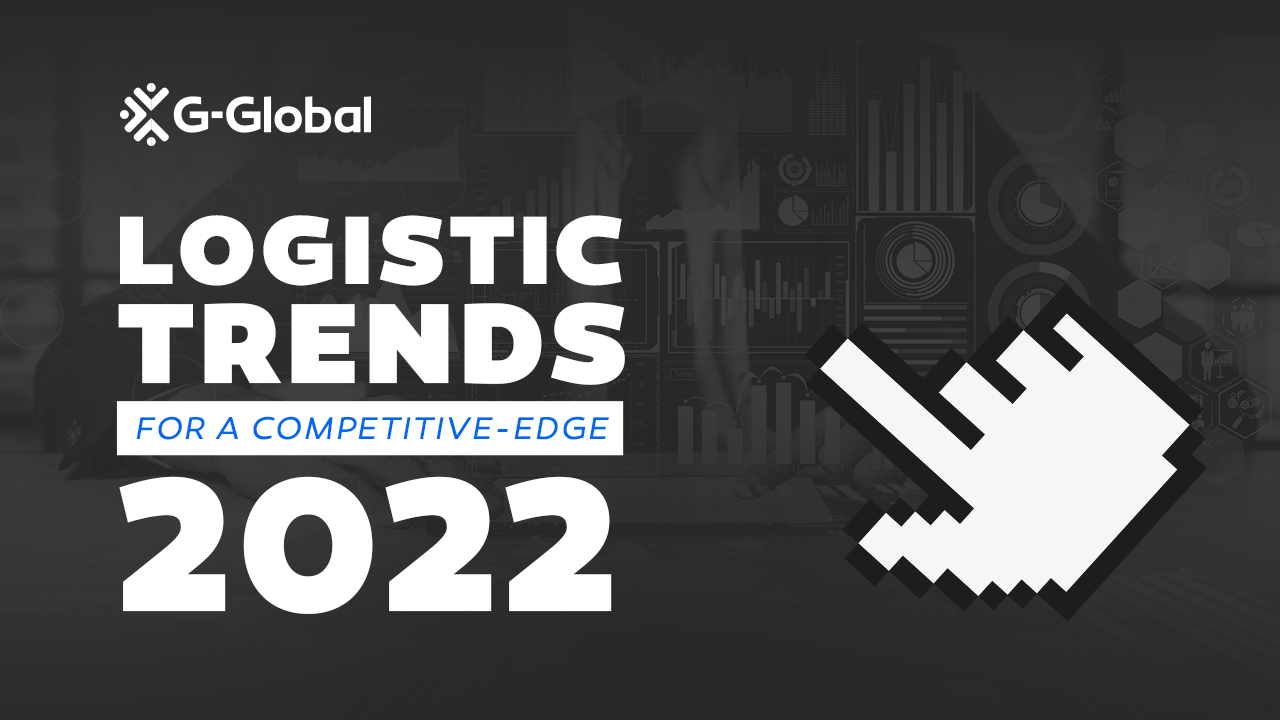What logistics trends are headed our way? We experienced a rapid digital transformation and greater demands from the COVID-19 scenario as consumer habits changed through the lockdown. The search for newfound efficiency and lowering costs strategies have driven companies to adapt to this prolonged pandemic panorama.
2022 has brought a shift of mentality from survival to creating thriving opportunities for a more resilient supply chain. To achieve it, experts in big data, automation, and AI are going to continue being a priority (if it hasn’t already for some) to continue a digitalized transformation. Simultaneously, automated processes have become a necessity as an explosive increase in online shopping has also increased the occurrence of errors in delivery, quantity, and more. Also, eco-friendly logistics has continued to reach more and more popularity in consumer preferences and apply sustainable practices to define and share the carbon footprint with their clients.
With autonomous driving still in development, it brings big promises to impact transportation labor costs to an extent, and to this day we can assess the impact of driver shortages to fulfill a growing demand in pandemic times. To make it happen, digital structures such as perfecting 5G networks, to make unmanned equipped trips successful and monitored, will dramatically reduce driving errors caused by fatigue by 80%, for example, considering driver shortages in present times. Additionally, assets will have a more optimal use but to arrive at this new scenario will still have a lot to cover and test.
Technological innovation has also hit the warehousing processes as the implementation of robotic forklifts for loading and unloading goods to optimize time and efforts. This similar concept used in intelligent warehouses, the globalized use of automated carts to arrange merchandise on the floor has provided profitable results that have proven that a new dynamic to static warehousing structure is on the road to revolution.
The pandemic scenario has shed light that disruptions are improving opportunities that have not been developed or overlooked in the supply chain, and with certainty can say that they aren’t over yet. It is clear that the global crisis and spikes will continue into 2022. The Ports of Los Angeles and Long Beach, which account for 40% of shipping containers entering the U.S., have already started operating 24/7 to relieve supply chain bottlenecks. Continuous labor shortages in both warehousing and transportation, are influential factors that contribute to the possibility of continuous disruptions.
G-Global experts are ready to help you by providing the logistic orientation, tools, and team to face the volatile global market. With an integrating operative dynamic and visibility, you want to guarantee you can fully rely on our partnership will help you reach each milestone of the way!



